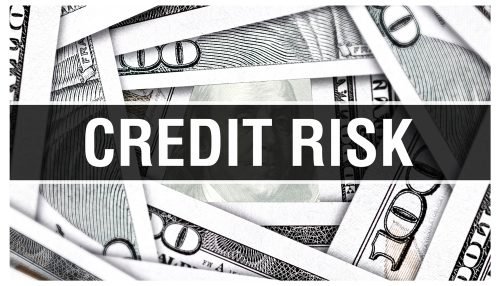Credit risk analysis is assessing the possibility of the borrower’s repayment failure and the loss caused to the financer when the borrower does not for any reason repay the contractual loan obligations. Interest for credit-risk assumption forms the earnings and rewards from such debt-obligations and risks.
The cash flow of the financer is impacted when the interest accrued and principal amounts are not paid. Further, the cost of collections also increases. Though, there is a grey area in guessing who and when will default on borrowings, it is the process of intelligent credit analysis that can help mitigate the severity of complete loss of the borrowings and its recovery.
Who Needs Credit-Risk Analysis
Banks, financial institutions and NBFCs offer mortgages, loans, credit cards etc and need to exercise utmost caution in credit risk analysis. Similarly, companies that offer credit, bond issuers, insurance companies, and even investors need to know the techniques of effective risk analysis. Doing a credit analysis course is a smart move today since India is fast becoming digital, with easy credit being available online.
In all the above scenarios risk analysis of the credit or obligation being offered is very important to be prepared for risk management, mitigation and recovery of the loans/obligations. Borrowers too need to monitor their credit ratings to be eligible for a lower rate of interest and loan eligibility. Improving your credit score ensures you get even unsecured or collateral-free loans at low-interest rates.
The Conditions for Risk Assessment
Credit risks are assessed depending on the overall ability of the borrower to adhere to the original contractual terms of loan repayment. The important 5Cs that any wise-lender peruses are
• Capital in business or own-contribution of borrowers is important. Higher the cash flows and equity capital lower your leverage and better the loan terms. The thumb rule here is that more is better.
• Capacity to repay considers the cash-flow, ability to repay, and the terms of repayment.
• Credit history, how reliable and trustworthy your credit handling has been, foreclosures, bankruptcies, court cases and judgments revealed in your credit history which will be evaluated by lenders.
• Conditions of the loan depend on economic policies, current market rates, taxes, industry-relevant or economic conditions, size of the loan, intended use and market impact on the loan.
• Collateral associated with the loan cover the risks associated in case of non-repayment. Adequacy, acceptability of asset and market values can be gainfully leveraged when applying for loans.
Assessing the risk is done in several ways like the points-based system, personal appraisals by trained risk-assessors or by departments for credit-risk assessment of loan-customers. Investors look into the credit rating of bonds. Bonds with a B or C low-rating are more likely to offer higher returns and default on payments.
The safe investment is considered when ratings show an A, AA or AAA rating. These ratings are regularly updated by bond credit-risk rating agencies like Fitch, Moody’s Investor Services etc.
Impact on Interest rates:
Since all investments look for a higher rate of interest it is a thumb-rule that higher the credit-risk perceived, higher will be the interest rates for capital. When the risks are too high the creditors/ banks/financers may also decline to invest or offer loans. Banks will prefer a good credit rating borrower and offer lower interest rates to them.
Similarly, bonds with low ratings normally offer better returns and are for risk-preferring investors. The thumb rule here is thus better credit-ratings for borrowers attract lower interest rates.
Credit analysis is thus the method used to assess the creditworthiness of the borrower, organization, business or bond-issuer. It implies the ability and evaluation of the borrowing person or company to honor repayments of its financial obligations. The reading of the financial audited statements of bigger companies is used for rating credit-worthiness and bond issues.
Doing a credit analysis course with Imarticus Learning enables you to get a firm foothold in the financial sector. Their comprehensive courses cover the curriculum of risk assessment and management through practical assignments and project work.
They also have excellent modules on personality development, resume writing and teach you the latest technology used to make credit-risk analysis an accurate fail-proof method. Make use of their assured placement cell and attain your financial credit analysis certification with Imarticus. With so many plus features, why wait? Hurry and enrol!
Also Read: What is Credit Risk Underwriting











